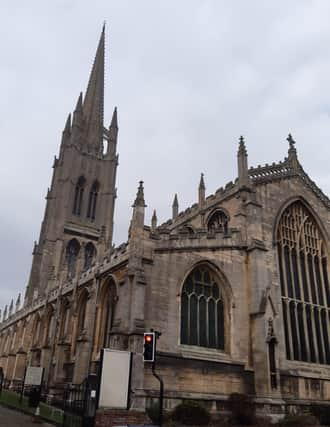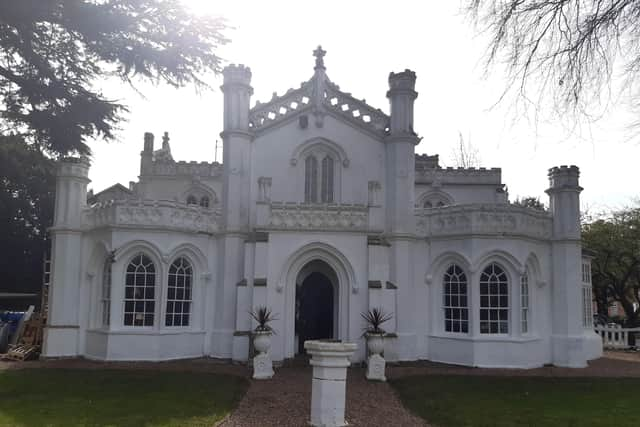‘The most brute and beastly shire’


His cast-off first wife, Katherine of Aragon, had died in the earlier months of the year; his second, Anne Boleyn, he had executed on trumped-up charges of adultery, incest and treason; and he had just married his third, Jane Seymour.
On top of this, there was trouble brewing in the north of the country and in Lincolnshire, an area which he would later describe as “the most brute and beastly shire”.
Advertisement
Hide AdAdvertisement
Hide AdSo what had our county done to deserve such harsh words from the much-married king?


This was the period in history called the Lincolnshire Rising, or the beginning of the Pilgrimage of Grace, which saw the market towns of Louth, Market Rasen, Horncastle and others join together to start a riot which would see thousands of people descend on London in protest at the way their places of worship were being destroyed.
We teamed up with historians from the Rase Heritage Society and author Nick Fox, who has written a book about this very subject, to find out more about the Lincolnshire Rising, and where the most significant events in the Wolds took place.
The origins of the Rising were in the changes that King Henry was making at that time to the way the church was organised and run in England.
Advertisement
Hide AdAdvertisement
Hide Ad